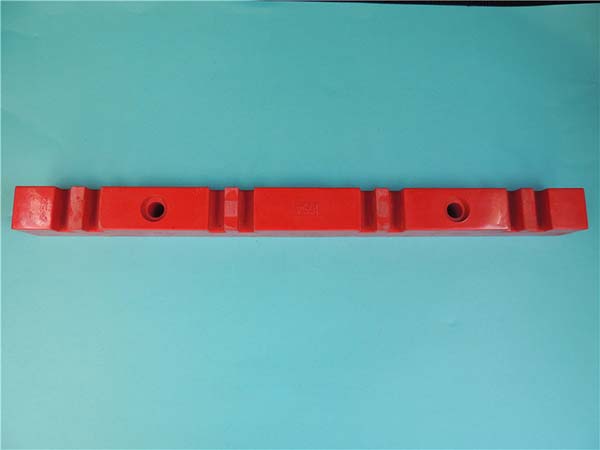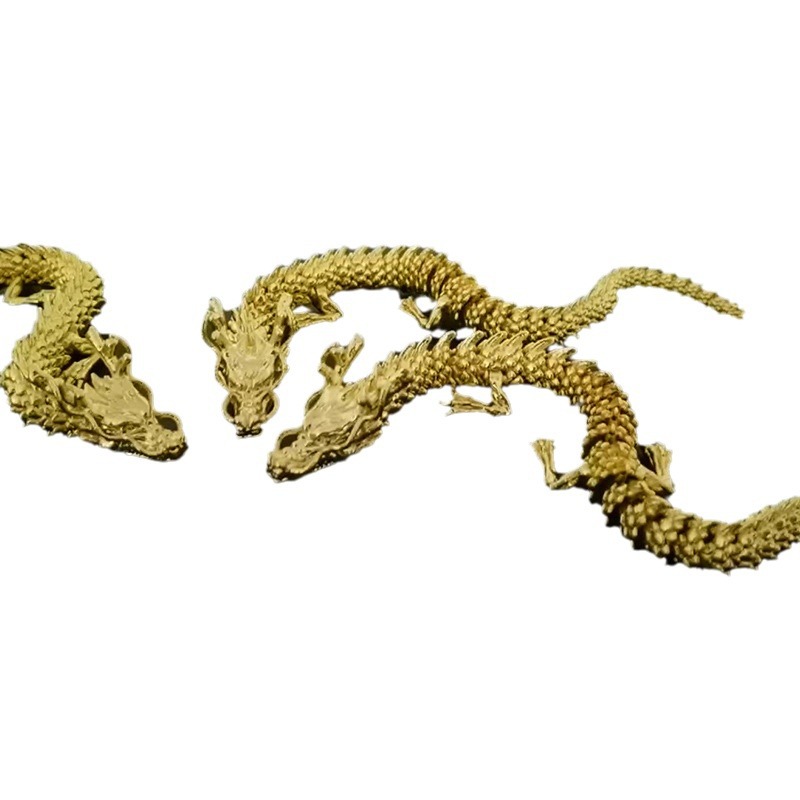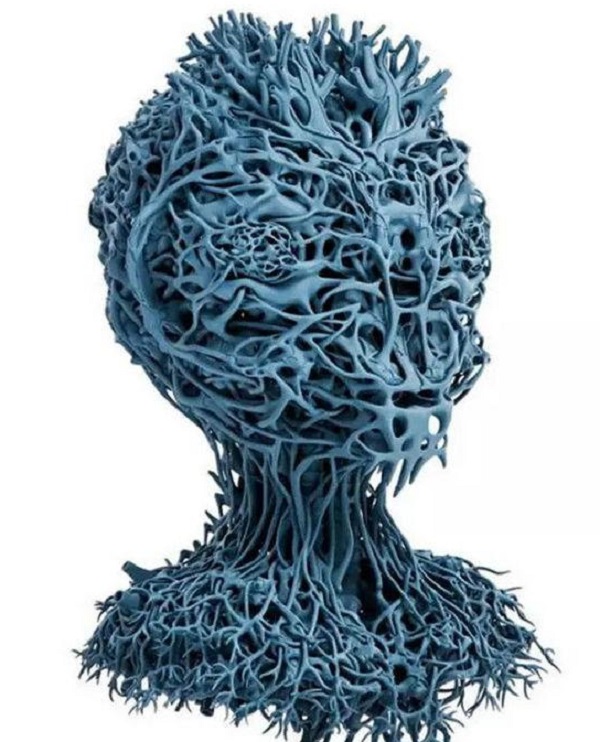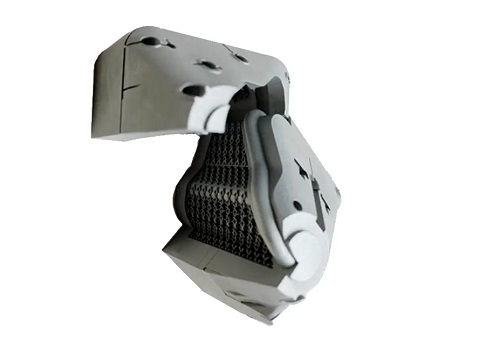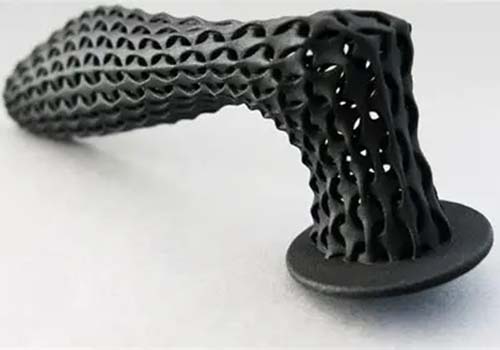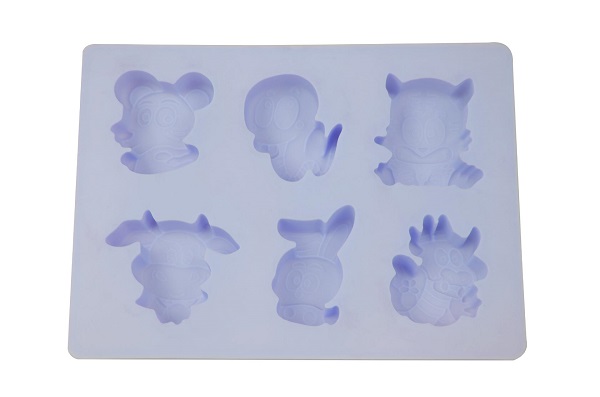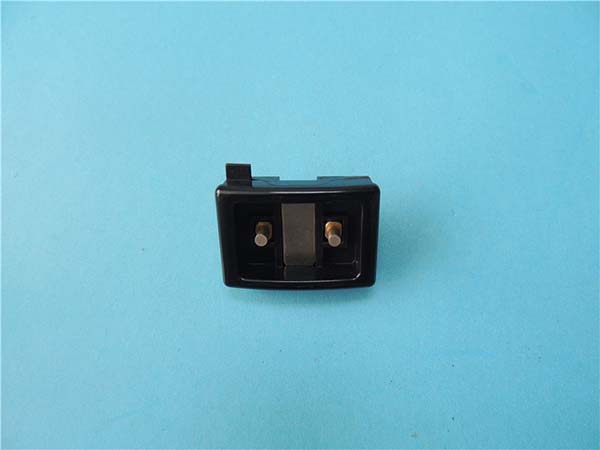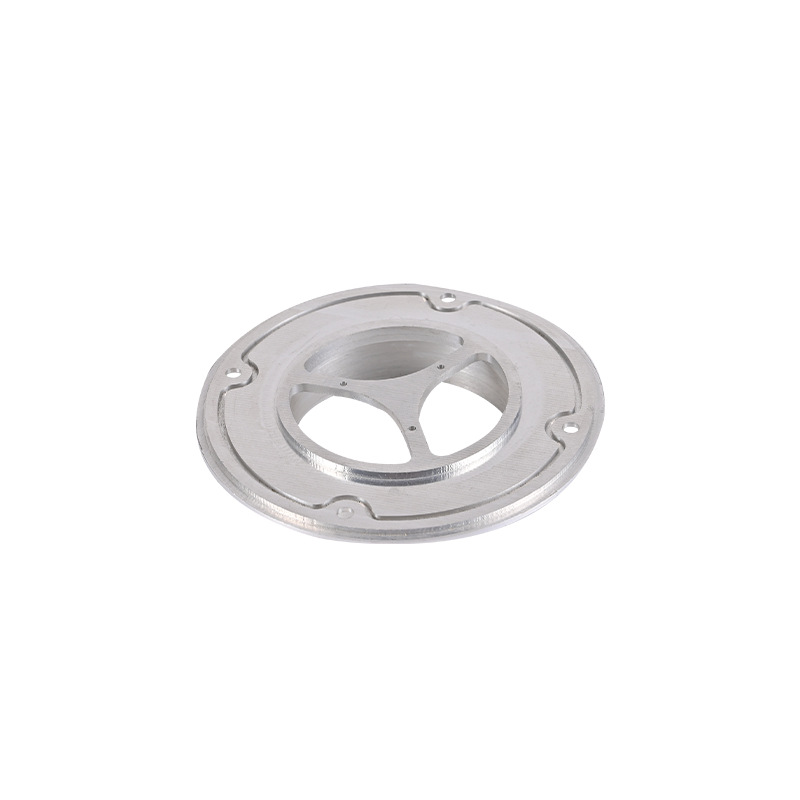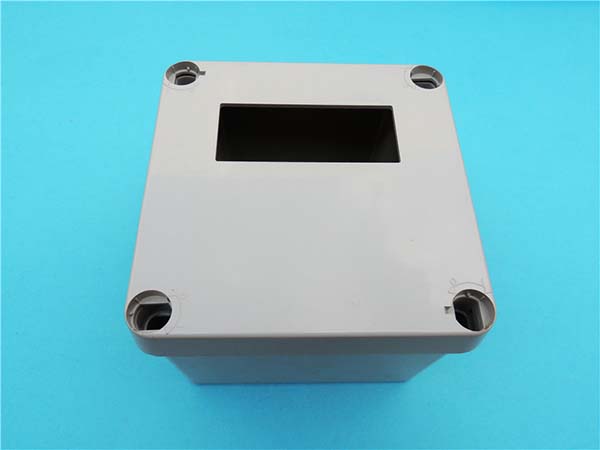Understanding the Basics of Plastic Product Printing
Plastic product printing is all around us, from the labels on our food containers to the colorful designs on plastic toys. In industries, it plays a crucial role in product identification, branding, and aesthetic appeal. Understanding the basics of this process is the first step towards achieving high - quality results.
Types of Plastics for Printing
Not all plastics are created equal when it comes to printing. Here are some common plastics used in the printing process and their characteristics:
- Polyethylene (PE): Widely used in packaging, such as plastic bags. It has a non - polar structure, which means it has low surface energy. This makes it a bit challenging for inks to adhere to. For example, a simple LDPE (Low - Density Polyethylene) bag may require special treatment before printing to ensure the ink stays on.
- Polypropylene (PP): Known for its high strength - to - weight ratio, it is used in a variety of products like plastic food containers and automotive parts. Similar to PE, its non - polar nature requires surface modification for good ink adhesion. A PP food container might need extra steps to be printable.
- Polyvinyl Chloride (PVC): It comes in rigid and flexible forms. Rigid PVC is used in pipes and plastic cards, while flexible PVC is used in products like shower curtains. PVC has a more polar structure compared to PE and PP, which generally allows for better ink adhesion without extensive pre - treatment in many cases.
The chemical structure and surface characteristics of these plastics directly impact how well inks will bond to them, which is why proper material selection and pre - treatment are essential.
Importance of Surface Preparation
Before printing on plastics, surface preparation is a must - have step. Plastics often have smooth, non - porous surfaces, and their chemical inertness can prevent inks from adhering properly. Here are some common surface preparation methods:
- Corona Treatment: This is a widely used method, especially for films. A high - voltage electrical discharge is applied to the plastic surface. This discharge ionizes the air around the plastic, creating a corona. The corona oxidizes the plastic surface, introducing polar groups. For example, in the production of printed plastic packaging films, corona treatment is often carried out right before the printing process. The oxidized surface can better attract and hold the ink, improving the adhesion and print quality.
- Chemical Etching: Involves using chemical solutions to etch the plastic surface. This creates a rougher texture on the surface. For instance, a plastic part made of a hard - to - print plastic like PE can be chemically etched to increase the surface area and create micro - grooves. These grooves help the ink to mechanically interlock with the surface, enhancing the adhesion of the ink.
Common Printing Methods on Plastic Products
When it comes to printing on plastic products, several methods are commonly used, each with its own set of advantages and limitations.
Screen Printing
Principle: Screen printing is a type of stencil printing. A screen, typically made of a fine mesh fabric, is used as the printing plate. The non - printing areas of the screen are blocked, while the image areas remain open. Ink is then applied to the screen and forced through the open mesh onto the plastic surface using a squeegee. For example, when printing a logo on a plastic tote bag, the logo pattern is made into a screen. Ink is poured onto the screen, and with the pressure of the squeegee, the ink passes through the mesh of the logo area and adheres to the bag surface, forming the logo.
Advantages:
- Rich Color and Thick Ink Layer: It can produce vibrant and highly saturated colors. The ink layer is relatively thick, usually around 20 - 100 microns, which gives the printed image a very vivid and three - dimensional appearance. This makes it ideal for products where visual impact is important, such as plastic toys with colorful designs.
- Complex Pattern Printing: It can handle complex and detailed patterns with ease. Whether it's a multi - colored cartoon character on a plastic lunch box or a detailed floral pattern on a cosmetic container, screen printing can reproduce them accurately.
Limitations:
- Slow Printing Speed: The process of applying ink with a squeegee and waiting for it to dry between each pass (especially for multi - color prints) makes screen printing relatively slow compared to some other methods. For large - scale production, this can be a drawback.
- High Plate - making Cost: Creating a screen for each design can be costly, especially for high - quality and detailed screens. If there are frequent design changes, the plate - making cost can add up significantly.
Inkjet Printing
Principle: Inkjet printing works by ejecting tiny droplets of ink directly onto the plastic surface from a print head. These droplets are precisely controlled by a computer to form the desired image or text. For instance, when printing barcodes on plastic product labels, the inkjet printer's software controls the print head to spray ink droplets in the pattern of the barcode onto the plastic label.
Advantages:
- Easy Operation: It is relatively easy to operate. With the help of digital design files, the printing process can be quickly set up. A small - scale business owner can easily print simple product information on plastic items using an inkjet printer without much technical training.
- Personalization: It allows for easy customization. Each plastic product can have a unique design, serial number, or personalized message printed on it. This is very useful for promotional items or high - end consumer products where customization adds value.
- No Plate - making Required: Since it is a digital printing method, there is no need for time - consuming and costly plate - making processes. This makes it suitable for short - run printing jobs.
Limitations:
- Weak Ink Adhesion: The adhesion of the ink to the plastic surface may not be as strong as some other methods, especially on non - porous plastics. This can lead to issues such as smudging or the ink peeling off over time.
- Difficulty in Printing on Special - Shaped Plastics: Printing on irregularly shaped plastic products can be challenging as it is difficult to ensure that the print head can reach all areas evenly.
Pad Printing
Principle: Pad printing uses a silicone rubber pad to transfer ink from an engraved plate to the plastic product. First, ink is applied to the engraved plate, and then the excess ink is wiped off, leaving ink only in the engraved areas. The silicone pad picks up the ink from these areas and transfers it onto the plastic surface. For example, when printing the brand logo on a curved plastic pen barrel, the pad can conform to the shape of the barrel and transfer the logo accurately.
Advantages:
- Ideal for Complex Shapes: It can print on a wide variety of shapes, including curved, angled, and small - surface - area products. This makes it indispensable for industries such as the automotive (printing on small plastic interior parts) and medical device (printing on small plastic components) industries.
- High - Precision Printing: It can achieve very fine details, with a high level of accuracy. Small text, intricate patterns, and fine lines can be printed clearly on plastic products.
Limitations:
- Low Ink Transfer Rate: The ink transfer rate from the pad to the plastic surface is relatively low compared to some other methods. This may require multiple passes to achieve the desired ink density.
- High Cost: The equipment and the process of pad printing can be costly, especially when considering the cost of the silicone pads, which need to be replaced regularly, and the engraving of the plates.
Yigu Technology's View
Yigu Technology, as a non - standard plastic metal products custom supplier, closely follows the trends in plastic product printing. We observe a growing demand for innovation and customization in this field. With our expertise in custom - made products, we believe that integrating advanced 3D printing technology can significantly expand the creative space for plastic product printing. This allows for the creation of unique and complex designs that were previously unattainable.
We also emphasize the importance of close cooperation with our clients. By understanding their specific needs from the initial design stage, we can provide a one - stop solution that covers everything from design concept to the final printing on plastic products. This not only ensures high - quality results but also shortens the production cycle, meeting the fast - paced demands of the market.
